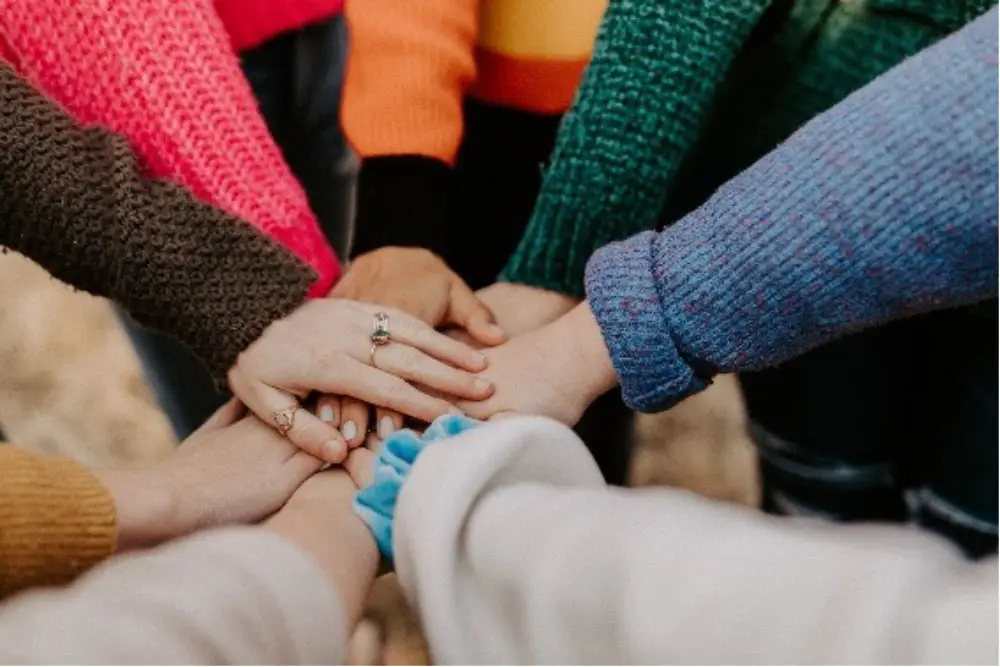
Finding partners can help you identify student and community needs related to diversifying a menu with culturally inclusive recipes.
Who to contact
When beginning the process of adding culturally inclusive recipes, it is important to seek school and community partners. These partners will help identify student and community needs. They may be able to help you communicate with the communities of interest, identify community cuisine experts for recipe development, and offer ideas for funding for the initiative. School and community partners can help organize and implement student focus groups, taste tests, and community outreach to connect with parents/families/caregivers about menu items and program changes.
Examples of school and community partners include:
- Student organizations, such as student councils, student cultural groups, and student advisory councils
- Parent/teacher organizations
- Teachers, school support staff, and school administrators
- School nutrition chefs
- High school Career Technology Education (CTE) culinary teachers and students
- School wellness committee members
- Local culinary programs at community colleges or community centers
- Local chefs who serve cuisine from their culture
- Local nonprofits that serve immigrants in the community
- Local food pantries and food banks, especially those with culinary programs or staff
- Local migrant farm worker organizations
- Local faith-based community groups which prepare and serve community meals
- National programs and partners that support school nutrition programs
- University extension programs and master gardeners
- Supplemental Nutrition Assistance Program Education (SNAP-Ed) and Women, Infants & Children (WIC) staff
- Dietetic interns
